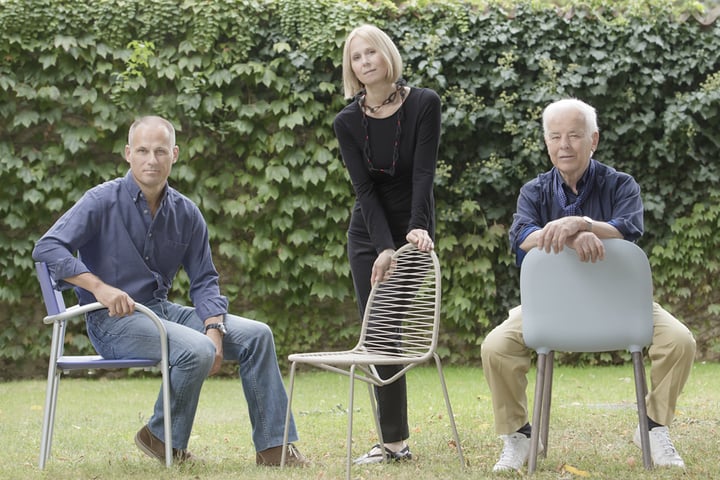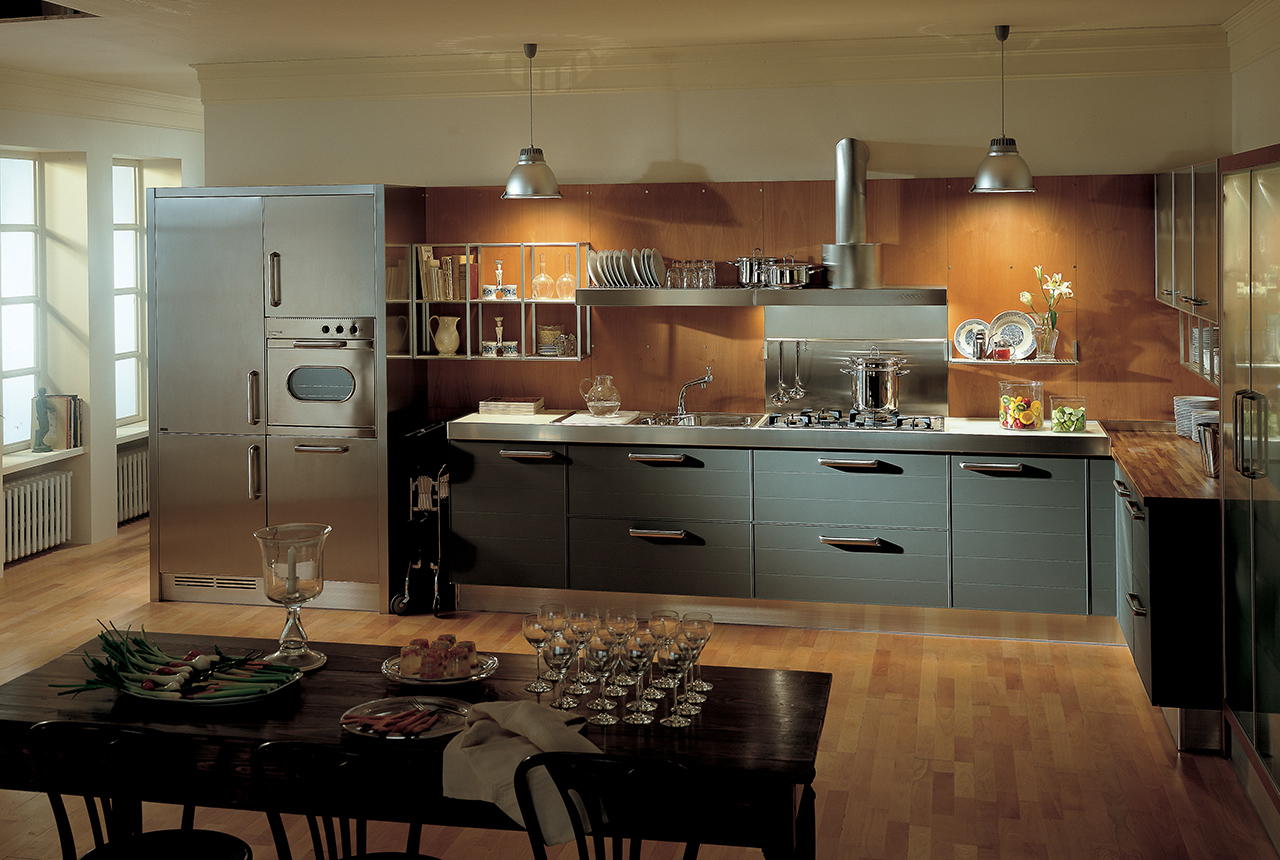
Born in Milan, he obtained a degree in Architecture at the city’s Politecnico University and began a freelance career, working in architecture, interior design and industrial design, creating furnishings and household articles for mass production. He later also worked on landscaping, urban furnishing and architectural restoration projects.
An active experimenter with new materials, he achieved great success with the design of the Gaia fibreglass chair (1965) and then the 4875 armchair for Kartell (1974), the first in the world to be made from polypropylene. In 2007 he joined forces with Anna and Paolo Bartoli to found the Bartoli Design architecture and design partnership.
A member of the ADI, as well as a Compasso d'Oro for lifetime achievement, he also received a Compasso d'Oro in 2008 for the R606 Uno chair, designed for Segis.
Carlo Bartoli
Born in Milan, he obtained a degree in Architecture at the city’s Politecnico University and began a freelance career, working in architecture, interior design and industrial design, creating furnishings and household articles for mass production. He later also worked on landscaping, urban furnishing and architectural restoration projects.
An active experimenter with new materials, he achieved great success with the design of the Gaia fibreglass chair (1965) and then the 4875 armchair for Kartell (1974), the first in the world to be made from polypropylene. In 2007 he joined forces with Anna and Paolo Bartoli to found the Bartoli Design architecture and design partnership.
A member of the ADI, as well as a Compasso d'Oro for lifetime achievement, he also received a Compasso d'Oro in 2008 for the R606 Uno chair, designed for Segis.
CARLO BARTOLI FOR ERNESTOMEDA
The partnership with Ernestomeda began in 1997, when Carlo Bartoli was commissioned to design a new collection. The firm, with strong links to the Milan tradition, decided to evoke its home city even in the name, and created the BRERAkitchen, a highly contemporary programme, with a distinctive style expressed through thechoice of materials and the design of features such as the steel or plastic handles.. The aluminium open units, creating gaps in the composition when this was a very avant-garde idea, were also extremely innovative.

“The good fortune of being surrounded by beauty in its extreme form, and of living one’s dreams.”